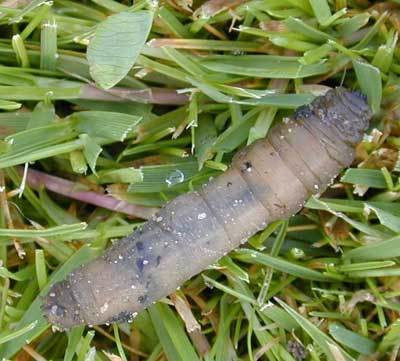TL;DR: Greenkeepers are facing increasing challenges due to climate change, outdated practices, and pest infestations. While Chlorantraniliprole-based insecticides might offer a quick and temporary fix, they disrupt soil microbiology and pose environmental risks. The withdrawal of pesticides, however, presents an opportunity to work smarter and in harmony with nature.
Chitin, found in insect exoskeletons and fungal cell walls, plays a crucial role in soil health. When broken down into chitosan, it enhances plant growth, improves soil structure, and stimulates beneficial soil microorganisms. However, conventional greenkeeping can disrupt these natural processes, leading to a deficiency of beneficial substances like chitosan.
By reducing reliance on artificial inputs and reintroducing natural substances like chitosan, we can restore the soil's natural balance and promote healthier, more resilient turf. Chitosan enhances plant growth and productivity through soil conditioning, plant health stimulation, microbiological associations, biocontrol, and bioremediation. Thus, chitosan plays a multifaceted role in the soil ecosystem, contributing to soil health, plant growth, and disease and pest resistance.




